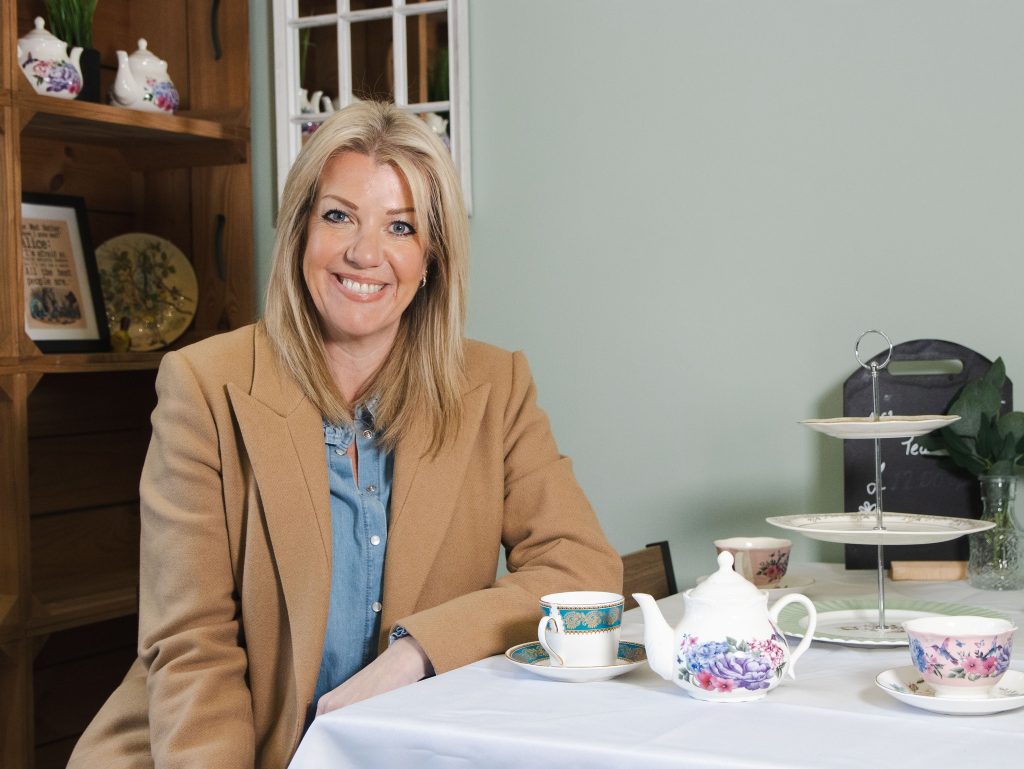As we make holiday plans, model village/tearoom owner and disability campaigner Rachel Hill shares five small tweaks that make a huge difference to people with disabilities and their families/carers.
1. Ensure your staff team feel confident and comfortable, so they in turn can make visitors feel comfortable: A warm welcome and a smiling face are the perfect way to set the tone for a visit and although they seem small, can make a huge difference. Talk to your staff and make sure they know it’s ok to approach disabled visitors and their families to find out how they can help them have a good experience. At Bondville, my team know that if somebody comes with difficulties, we don’t shy away – we go straight over and ask them how we can help. Do they need us to do anything to ensure they have the best experience?
2. Communication is everything: Think about how you can let prospective customers with additional needs know what to expect on their visit so they don’t feel worried. Do you have a fully accessible loo? Do you have disabled car parking so they can get the wheelchair out? It’s also great to celebrate these visits on your social media channels (obviously with permission). This will show other families your business is disability-friendly, and for a family like mine it means so much to be represented just like anyone else. You’ll be helping families or visitors with special needs feel less isolated and alone.
3. Talk to visitors with disabilities in the same way you would anyone else: They’re individuals but we sometimes feel nervous about how to approach them so we talk to their carers or family members instead. With young people and wheelchair users I always make eye contact with a smile. This also applies to children and adults who are nonverbal – don’t think that because they can’t speak we can’t speak to them.
4. Ask for input from people who are impacted by special needs and disabilities: They’ll share their skills, knowledge and experience with you in order to make trips out more enjoyable. Go on some forums, look on Facebook for various groups and ask them! With that information you can then risk assess your services and look at any tweaks and changes.
5. Ensure wheelchair users can use your facilities where possible: It’s really important to look at your communal areas and areas with high traffic, particularly exits and entrances, to ensure wheelchair users can get through without fuss. Make sure spaces are clear and clutter-free. Sometimes just moving a bin can mean a wheelchair user can access a space they couldn’t get around before. It’s also important to check signage visibility – could you drop it down a little for someone using a wheelchair so they can see it as well as somebody who’s six foot tall and able bodied?
In summary, it doesn’t have to be about big changes and money. The simplest tweaks can have the biggest impact.
Follow Rachel on Instagram.
- Rachel Hill



